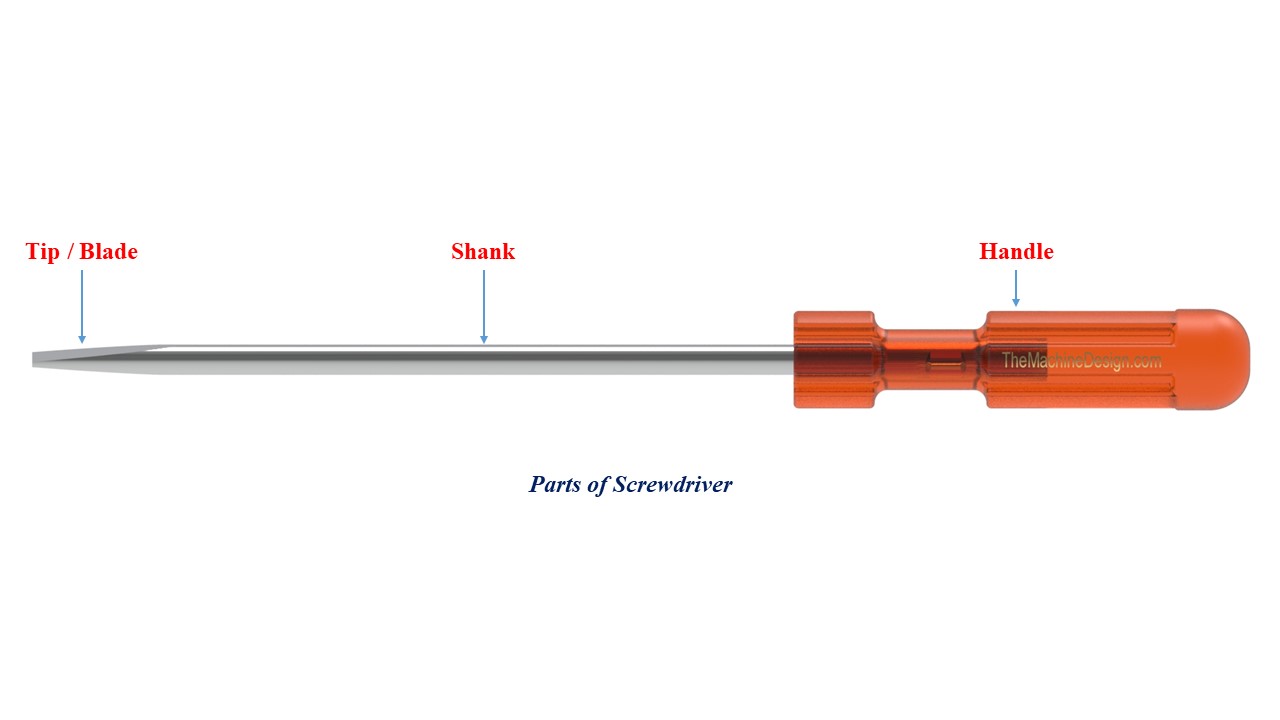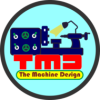Page Contents
What is a Screwdriver tool?
One of the most regularly used tools is a screwdriver. Almost all engineers use this tool. And every toolbox contains this tool. One of the most important tool inventions has been the screwdriver. Screwdrivers are used to drive the screws for insertion and removal, as the name implies. This tool is either manual or powered. If you have ever visited a workshop or tool shop, you have seen various sizes and types of screwdrivers. These might be available for the appropriate screw types.
Screwdrivers were most probably invented in France or Germany in the late 15th century. Schraubenzieher was the tool’s original German and French name. A standard screwdriver consists of a handle and shaft with a tip that the user inserts into the screw head before tightening or loosening. This tool is replaced by a powered drill at many workplaces. As power drills are faster, easier, and, can also drill holes. There are various types of screwdrivers available according to the required tip types, shaft length, and torque requirements.
Screwdriver Definition:
A screwdriver is a tool that is used to screw and unscrew screws. It can be manual or powered. It has a strong steel shaft that resists bending and twisting. Various shaft lengths are available according to the job requirement. That length varies from 2” to 18”. The screwdriver has three main parts, i.e, Handle, Shank (Shaft) and Blade.
Parts of Screwdriver:
The screwdriver has three main parts. These are shown in the below image.
- Handle,
- Shank (Shaft) and
- Blade.

Handle –
Handles are made of wooden or plastics, which provides better grip during working. The handles should be non-conductors of electricity and heat. That’s why manufacturers use plastic or wooden material.
Shank –
Shank is the middle part between the handle and blade. It is made of carbon steel. Some screwdriver’s shank is covered with sleeves. For electric jobs, technicians use such types of screwdrivers. This sleeve protects from electric shocks.
Shank’s upper end is made flat so it makes proper grip when the handle is fitted over the shaft. It does not allow the shank and handle to rotate freely.
Blade –
The blade is the bottom-most part of the screwdriver. It is also known as a tip. It is also made from the same material as shaft or shank. But it is hardened and tempered. That prevents it from tearing and wearing.
Also Read:
- What is Wrench and Its Uses?
- Which side your car’s fuel cap?
- Best Mechanical Engineering Project ideas
Specifications of screwdriver:
Screwdrivers are specified according to the shank length and blade width, as shown in the below image.
- Shank length – It varies from 2 Inches to 18 Inches. It is made of carbon or alloy steel.
- Blade width – It varies from 3 to 10 mm. It is also made of the same metal as the shaft. But, to prevent tears it is hardened and tempered.
Precautions to be followed while using a Screwdriver:
Every tool has a function. But in research, the screwdriver is one of the most misunderstood and mistreated tools in the workplace. Misuse may damage or break the handle, bend the shank and dull the tip of the tool. Then when the tool is used appropriately, workers are at risk of a hand injury. To avoid injury at the workplace, and keep screwdrivers as good, please follow the instructions,
- Never use a screwdriver during electrical work unless it is adequately insulated.
- Don’t use a screwdriver as a punch.
- Keep the screwdriver neat and clean, and the handlebar must have a proper grip.
- Hold the screwdriver on its axis with the screw’s axis.
- The workpiece should always lay down on the floor or table. Do not hold it in hand.
- The blade must be grounded properly. Otherwise, it may slip and also damage the screw or workpiece.
- Don’t carry screwdrivers in your pocket. Carrying in an appropriate toolbox or work belt is the best habit.
Part Modeling Practice in CATIA V5:



this article is very useful, thank you for making a good article